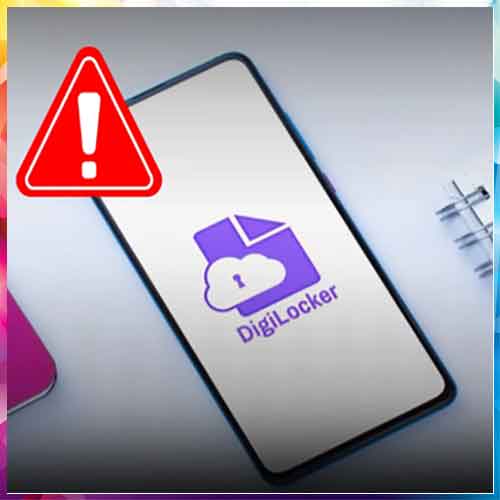
The mobile devices such as smartphones have made online transaction easy. Even plastic card allows us to pay bills and transfer money between accounts. It’s no wonder that such rigorous online activity has produced an abundance of cyber criminals eager to get hold of sensitive data and use our digital accounts. This clearly shows how we have taken a step ahead towards Digital India mainly due to the contribution of mobile phones. But along with taking progressive steps one should also be prepared with the precautionary steps.
Obstacles which needs to be removed on digital payment front for meeting the objectives of Digital India
The more government, enterprises and IT organizations involved in creating a Digital India, the greater the potential risk. If security is not addressed early, the cost and complexity of Digital India could make it difficult to address problems. In the end, the city would be left vulnerable. The cyber security trends in India have exposed the vulnerability of Indian cyberspace and hence critical infrastructure protection needs utmost attention, therefore it is extremely important that we aim to solve cyber-problems at every stage of a Digital India’s development from planning through to the actual implementation of digital technologies along with strict compliance with the cyber security policy, privacy protection, data protection as well as including cyber law in it.
Kaspersky Lab would like to highlight that cybersecurity also affects physical security systems, especially critical public systems like video surveillance. When building a Digital India, it is extremely important to not only think about the comfort, energy and cost efficiency that the new technologies will bring, but also about the cyber security issues that might arise. This is applicable to the authorities that are planning to implement mesh-network based surveillance systems.
Role of security both in the mobile phone ecosystem and digital payments platform for meeting the objectives of Digital India
India has already started moving in the right direction when it comes to regulations and privacy protections. We have seen and observed a lot of action from governments across countries. They are doing their best, to get the ready infrastructure needed to counter cyber-attacks. As part of Digital India, Indian government has already planned to launch ‘Botnet cleaning centers’, this proposal is part of national cyber security policy to cleanup botnet infections in Internet-enabled devices. Botnet is a network of malicious software that can remotely gain control of devices, steal information and carry out cyber-attacks like Distributed Denial-of-Service (DDoS) that prevent access of websites. This facility will be under the guidance of national cyber security watchdog Indian Computer Emergency Response Team (CERT-IN). Indian government has also been stepping up its efforts to address these challenges by increasing awareness about the cyber threats and we think it is just a matter of time that we will have very good regulations and compliances in places.
Digital payment platform contribution to Digital India
Increase in digital payments is one of the most important factors for Digital India. India will be ‘Digital India’ in true sense when majority of its transactions happen through digital payment methods. With increasing smartphone penetration and supportive regulatory policies, India is witnessing an exponential increase in digital payments. Non-banking institutions providing digital payment options and ever increasing consumer readiness is also factoring this growth. It goes without saying that demonetization is the biggest driver at present.
Pravin Prashant pravin@varindia.com
See What’s Next in Tech With the Fast Forward Newsletter
Tweets From @varindiamag
Nothing to see here - yet
When they Tweet, their Tweets will show up here.





























